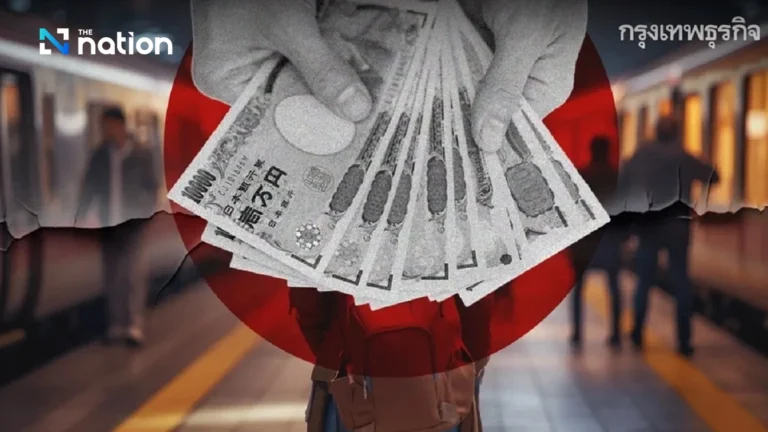Mr Kajorndet said several airlines, including Thai Airways and Thai AirAsia X, are likely to launch new routes and increase frequency in the remaining six months of the year. Airlines are preparing to launch direct flights to Nagoya.
“TAT is currently negotiating with airlines to resume direct flights to Sendai, which were suspended during the pandemic. The goal is to quickly return passenger seat capacity on this route to normal,” he said, adding that accelerating two-way tourism promotion was one of the most important ways of supporting.
“If there are no Thais going to Japan, airlines will not be happy to open routes,” he pointed out.

According to TAT, aircraft capacity on routes between Thailand and Japan has recovered by 70% since the pandemic, with the majority of passengers being Thai, about 60%, and Japanese, 40%.
Fortunately, he said, Japanese people still see Thailand as a “friendly travel destination,” giving it a chance to fully recover with at least 1.1 million tourists next year, 10 percent more than this year, which could help restore Thailand’s visitor surplus with Japan.
In 2024, the overall tourism outlook for Thailand and Japan should be more balanced. Statistics for the first five months showed that more than 560,000 Thais visited Japan, but this is expected to fall during the off-season in the third quarter. TAT expects 1 million Japanese tourists to visit Thailand this year, above its target of 870,000.
This figure is an increase of more than 50% compared to pre-COVID-19 2019 (around 1.8 million), making Thailand the sixth most popular market for foreign tourists after China, Malaysia, India, South Korea and Laos.
Among foreign tourists who visited Thailand in the first half of this year, Japanese tourists were the 10th largest group at 470,000, a 10% increase from last year. The average expenditure per person was over 60,000 baht. Japanese tourists also stayed an average of 11 days, spending 5,500 baht per person per day.

